For years, Apple spoke about artificial intelligence the way a politician discusses taxes—carefully, euphemistically, and only when absolutely necessary. The company that revolutionized personal computing, smartphones, and wearables preferred terms like "machine learning," "computational photography," and "neural engine" over the two letters that have dominated tech discourse since late 2022: AI.
Then came October 15, 2025, and everything changed.
Apple's M5 chip announcement didn't just mention artificial intelligence—it led with it. The press release opened with "the next big leap in AI performance," making AI the headline, the opening argument, and the core value proposition. For a company that once avoided the term entirely, this represents more than a marketing pivot. It's a declaration that Apple is done playing defense in the AI era.
The Before Times: Apple's AI Allergy
To understand the magnitude of this shift, we need to examine Apple's historical relationship with artificial intelligence as a marketing term.
Historically, Apple avoided using "artificial intelligence" or even "generative AI," preferring the more academic phrase "machine learning" or simply describing the features the technology enabled. This wasn't accidental—it was strategic positioning rooted in Apple's brand identity.
Apple's reluctance stemmed from the term's baggage. "Artificial Intelligence" evokes mixed emotions: excitement for some, but skepticism and fear for others. It conjures images of sci-fi dystopias and concerns about privacy and job security. For a company built on making technology feel human and accessible, "AI" was a loaded term that risked alienating the very users Apple worked so hard to court.
Consider the 2023 Worldwide Developers Conference. Apple subtly touted its work in state-of-the-art AI and machine learning, announcing features like Adaptive Audio for AirPods that automatically adjust noise cancellation during conversation—a feature powered by AI models that Apple deliberately didn't frame as machine learning.
Even Siri, one of the world's first mainstream voice assistants and clearly an AI product, was marketed around what it did rather than the algorithms that powered it. Instead of boasting about the AI algorithms driving Siri's capabilities, Apple focused on what Siri does—helping you send messages, set reminders, and answer questions—all with a simple voice command.
This pattern held through every product cycle. Features that competitors trumpeted as "AI-powered" appeared in Apple keynotes described as "intelligent," "adaptive," or "smart." The company's annual reports mentioned "machine learning" but rarely "artificial intelligence." Product pages on Apple.com featured the term zero times.
The term artificial intelligence was mentioned zero times on Apple.com, and Apple didn't mention artificial intelligence a single time at its September "Glowtime" iPhone 16 event launching new products.
The Turning Point: M4's Tentative Steps
The M4 chip announcement in May 2024 offered the first hint that Apple's AI posture was evolving—but only barely.
At the M4 iPad event, AI references were sprinkled throughout, but they didn't stand out as over-the-top breakthroughs. Apple's style was to note AI improvements as they related to upgrading the consumer experience of using its devices. The company touted the M4's neural engine as "dedicated to the acceleration of AI workloads" and described the iPad Air as "an incredibly powerful device for AI," but these mentions felt perfunctory rather than purposeful.
The M4 announcement in May 2024 referenced AI only twice in the first seven paragraphs of its press release. The messaging was there, but muted. AI was a feature, not the feature. The neural engine got mentioned alongside the CPU and GPU as just another component in the system-on-a-chip architecture.
This tentative approach reflected Apple's broader position at the time. Critics pointed to Apple's reluctance to provide live demonstrations of its AI capabilities, fueling skepticism about the readiness of its technologies. The lack of transparency drew comparisons to past missteps, such as the failed AirPower charging mat.
The company found itself in an uncomfortable position: clearly investing billions in AI research and development, but unable or unwilling to make that investment the centerpiece of its product narrative. While competitors raced to slap "AI-powered" labels on everything from toothbrushes to thermostats, Apple maintained its careful distance from the term.
October 2025: The Pivot Heard Round Cupertino
The M5 announcement demolished this carefully constructed wall.
Unlike the M4 announcement which referenced AI only twice in the first seven paragraphs, the M5's press release mentions AI in the headline, the standfirst, the first subhead, the captions of the first two pictures, twice in the first paragraph, twice in the second paragraph, and three times in the third paragraph.
Let that sink in. Apple—the company that studiously avoided the term for over a decade—mentioned "AI" more times in the first three paragraphs of the M5 announcement than in the entirety of some previous product launches.
But it wasn't just frequency. It was primacy and purpose.
The M5 press release called it "the next big leap in AI performance" and emphasized how the chip features "Neural Accelerators embedded in every GPU core, dramatically increased memory bandwidth, and the world's fastest performance CPU core" all in service of "AI-powered computing."
The architectural decisions tell the story even more clearly than the marketing copy. Apple didn't just add AI capabilities to the M5—they built the entire chip around it, embedding a Neural Accelerator directly into each GPU core and pushing AI performance over 4x beyond the M4. This isn't a company hedging its bets. This is a company that's made AI the foundational principle of its silicon strategy.
Why the Shift Matters: Reading the Tea Leaves
Apple doesn't make messaging changes lightly. The company is legendarily deliberate about language, testing words and phrases exhaustively before they make it into a keynote or press release. When Apple changes how it talks about something, it's not because the marketing team got bored—it's because the company's fundamental strategy has evolved.
So what drove this transformation?
The Market Moved
By October 2025, the AI conversation had fundamentally changed from 2023. What was once a niche concern for developers and researchers became the defining technology narrative of the decade. ChatGPT crossed 100 million users. Every major tech company launched competing AI products. Enterprise adoption accelerated. Consumer expectations crystallized.
In this environment, avoiding the term "AI" stopped being a differentiator and started being a liability. Consumers weren't scared of AI anymore—they were excited by it, and increasingly expected it in the products they bought.
The Technology Delivered
Apple's AI philosophy revolves around a core principle: privacy as a fundamental human right. Unlike competitors that leverage massive cloud-based datasets for AI processing, Apple prioritizes on-device machine learning wherever possible, ensuring that user data remains secure and processed locally on iPhones, iPads, and Macs.
For years, this privacy-first approach created a technical constraint. Apple's unwavering commitment to privacy presented a significant obstacle to its AI development. Unlike competitors who use vast amounts of user data to train their AI models, Apple's privacy-first approach limited its ability to create equally robust systems.
But by 2025, on-device AI had matured. The M5's architecture—with its Neural Accelerators, massive memory bandwidth increases, and enhanced Neural Engine—finally gave Apple the hardware capabilities to deliver genuinely impressive AI experiences without compromising privacy. They could now market AI aggressively because they could deliver AI that actually worked.
The Competition Forced It
While Apple played coy with AI terminology, competitors didn't. Google made AI the centerpiece of its product strategy. Microsoft integrated OpenAI's technology across its entire ecosystem. Even smaller players positioned themselves as "AI-first" companies.
Apple risked being perceived as behind, which is death for a company that trades on being at technology's cutting edge. The M5 announcement represents Apple finally claiming its seat at the AI table—not as a late arrival, but as a company that's been working on AI all along, just under a different name.
Apple Intelligence Needed a Foundation
The launch of Apple Intelligence features throughout 2024 and 2025 created a narrative problem. Apple was telling users, "Here are all these amazing AI-powered features," while simultaneously downplaying the AI infrastructure that made them possible.
The M5 resolves this tension. Now Apple can say: "Here's the AI chip that powers Apple Intelligence." The hardware and software narratives finally align, creating a coherent story about Apple as an AI company.
What This Means for Apple's Future
The M5 announcement isn't just about one chip or one product cycle. It's a signal about where Apple is heading for the next decade.
AI Becomes Apple's Story
We can expect lots more discussion of Apple Intelligence in the year to come. If the M5 represents Apple's new messaging posture, every future product announcement will likely follow this template: AI first, everything else second.
Expect future iPhone launches to lead with AI camera features. Future AirPods to emphasize AI-powered adaptive audio. Future Apple Watches to highlight AI health insights. The company that once buried AI references in technical specifications will now make them headline features.
The Vertical Integration Advantage
Apple's control of hardware and software provides unique benefits: tight OS-hardware optimization, better power management, more consistent performance, seamless feature integration, and longer software support.
This vertical integration becomes even more valuable in an AI-first world. While competitors must build AI features that work across diverse hardware configurations, Apple can optimize AI at every layer of the stack—from silicon to OS to application framework. The M5's Neural Accelerators aren't just faster processors; they're purpose-built hardware that Apple's software teams can program directly.
This creates a sustainable competitive advantage that will only grow as AI capabilities become more central to user experience.
The Privacy Paradox Gets Resolved
Apple believes privacy is a fundamental human right, and has used techniques like differential privacy as part of its opt-in device analytics program. With Apple Intelligence, they're developing new techniques that enable Apple to discover usage trends and aggregated insights to improve features without using users' private personal data or user interactions when training foundation models.
The M5's on-device AI processing power allows Apple to have it both ways: powerful AI features without cloud dependencies. This resolves what seemed like an impossible tension—you can have privacy or you can have advanced AI, but not both. Apple is betting that by 2025 and beyond, you actually can have both, and that this combination will be their defining competitive advantage.
The Developer Opportunity Expands
Developers can leverage Neural Accelerators without rewriting code—apps using Apple's frameworks automatically benefit from the new architecture through Core ML, Metal Performance Shaders, Metal 4, and Create ML.
This matters enormously for the App Store ecosystem. Third-party developers can now build genuinely sophisticated AI features into their apps without the complexity of managing cloud AI services or the cost of running inference on remote servers. Every app becomes an AI app, dramatically expanding what's possible on Apple platforms.
The Broader Industry Implications
Apple's messaging shift doesn't happen in a vacuum. It has ripple effects across the entire technology industry.
Legitimizing AI as Mass Market
When Apple goes all-in on a technology category, it signals to mainstream consumers that the technology has arrived. The iPhone didn't invent smartphones, but it made them mass market. The Apple Watch didn't invent wearables, but it legitimized the category.
Apple's full-throated embrace of "AI" as a marketing term does the same thing. It tells ordinary consumers—not just tech enthusiasts—that AI is ready for prime time, trustworthy, and essential to their computing experience.
Setting New Performance Benchmarks
The M5 delivers over 4x the peak GPU compute performance for AI compared to M4, and over 6x compared to M1. These aren't incremental improvements—they're generational leaps.
Competitors now face a new baseline. Intel, AMD, Qualcomm, and others must not only match these performance numbers but also match Apple's ability to deliver them in power-efficient, thermally constrained devices like laptops and tablets. The M5 raises the bar for what "AI-capable hardware" means.
Redefining the Privacy Debate
While Apple published an extensive security white paper for its AI features, concerns remain about implementation, particularly around third-party app access and behavioral profiling risks.
Apple's insistence that powerful AI can coexist with strong privacy protections challenges the dominant industry narrative. If Apple succeeds, it forces other companies to explain why they need all that cloud data. If Apple struggles, it validates the data-hungry approach of competitors. Either way, Apple has reframed the debate.
The Road Ahead: What to Watch
The M5 announcement is a beginning, not an ending. Several questions remain about how this strategy will unfold:
Will Apple Maintain This Messaging?
The true test isn't one press release—it's consistency over time. Will the M5 Pro and M5 Max announcements (expected early 2026) continue this AI-forward messaging? Will the next iPhone event lead with AI capabilities? If so, we're witnessing a genuine strategic pivot. If not, the M5 announcement might be an outlier rather than a new direction.
Can the Hardware Deliver?
The M5's Neural Accelerators embedded in each GPU core create what Apple calls "a compute block optimized for AI," delivering unprecedented AI performance including 2x faster image generation in apps like Draw Things and up to 2.3x faster video processing in DaVinci Resolve compared to M4.
These benchmarks are impressive, but real-world user experience will determine whether Apple's AI bet pays off. Can Siri finally compete with ChatGPT and Gemini? Can Apple Intelligence deliver genuinely useful features rather than gimmicks? The messaging shift only works if the products deliver.
How Will Developers Respond?
Apple has built the AI infrastructure. Now developers must build the experiences. The success of Apple's AI strategy depends on whether the App Store sees an explosion of genuinely innovative AI-powered applications that couldn't exist before—apps that leverage the M5's capabilities to deliver experiences impossible on other platforms.
What About the Competition?
Microsoft, Google, Qualcomm, and others aren't standing still. Each is pursuing its own AI silicon strategy. Apple's messaging shift comes as these competitors are also ramping up their AI investments. The next few years will determine whether Apple's integrated approach or the more open ecosystems of competitors prove more successful.
The Bigger Picture: A Company Transformed
Step back from the technical details and marketing analysis, and what emerges is a portrait of a company at an inflection point.
For most of its modern history, Apple succeeded by making complex technology feel simple and human. The company's genius was taking intimidating innovations—personal computers, smartphones, tablets, wearables—and making them accessible to regular people. This required not just great design, but also careful messaging that emphasized benefits over features, feelings over specifications.
In this framework, avoiding terms like "artificial intelligence" made perfect sense. Why use a scary, complex phrase when you could just show people the cool things their device could do?
But by 2025, the calculation changed. AI stopped being a technical term and became a consumer expectation. The question facing Apple was whether to continue its careful linguistic dance or embrace the terminology the entire world was using.
The M5 announcement answers that question definitively. Apple has decided that AI is no longer something to euphemize or minimize. It's the foundation of everything the company will build for the next decade.
The company that once sold us on "raw performance" and "battery life" now leads with phrases like "next big leap in AI" and "AI-first workflows." For a company as deliberate with its language as Apple, that's not just marketing—it's a declaration of intent.
This isn't Apple chasing a trend. This is Apple recognizing that the computing paradigm has fundamentally shifted, and that success in the AI era requires not just building AI technology, but openly, proudly identifying as an AI company.
Conclusion: The Post-Reluctance Era
The journey from "machine learning" to "AI" might seem like semantic trivia. But for Apple—a company that chose "Think Different" as its slogan and debates the placement of every pixel—language is never trivial. Language is strategy made visible.
The M5 announcement marks the end of Apple's AI reluctance and the beginning of something new: Apple as an AI-first company that happens to make phones, tablets, and computers rather than a device company that happens to use AI.
The question isn't whether AI will define Apple's future. The M5 announcement makes clear that it already does. The question is whether Apple's particular vision of AI—privacy-preserving, on-device, seamlessly integrated—will prove more compelling than the cloud-dependent, data-hungry approaches of its competitors.
Only time will answer that question. But one thing is certain: by finally embracing "AI" not just as technology but as messaging, Apple has fundamentally changed the conversation about what the company is and what it's building.
The quiet revolution is over. The loud one has just begun.
The M5 chip is available now in the 14-inch MacBook Pro, iPad Pro, and Vision Pro, with availability beginning October 22, 2025. The M5 Pro and M5 Max variants are expected in early 2026.

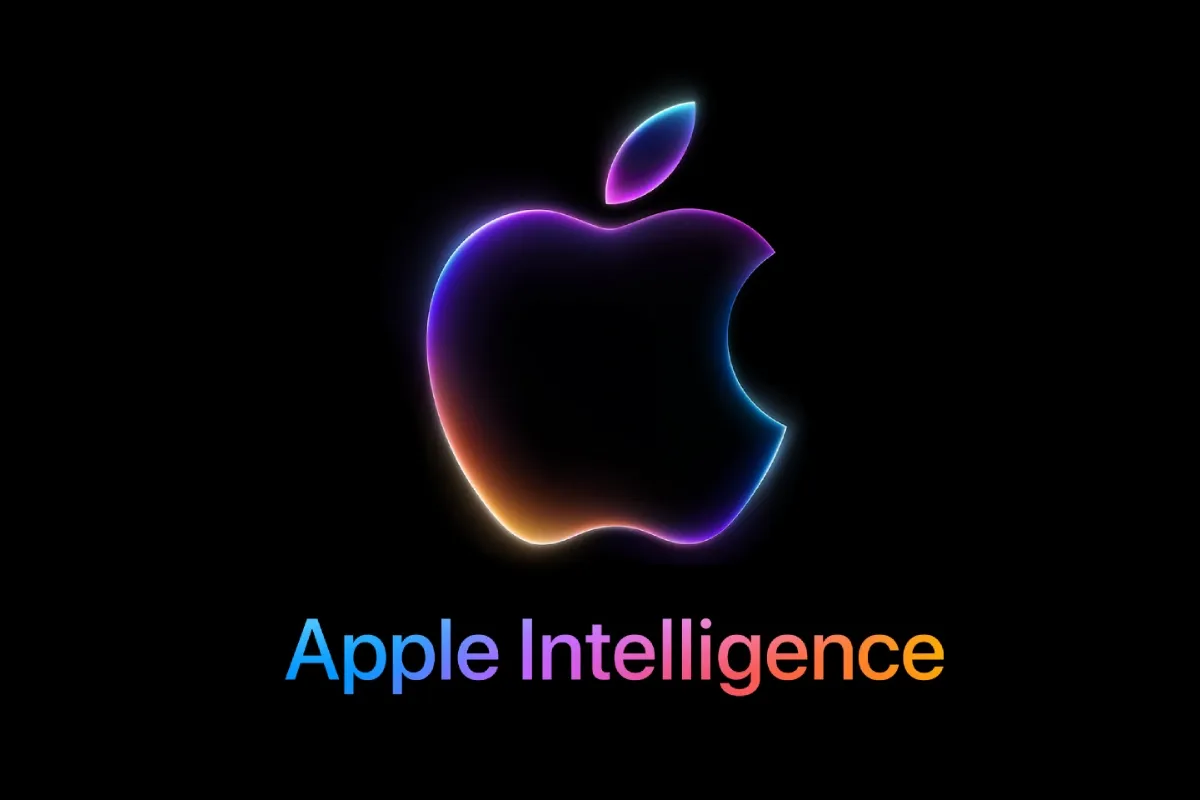






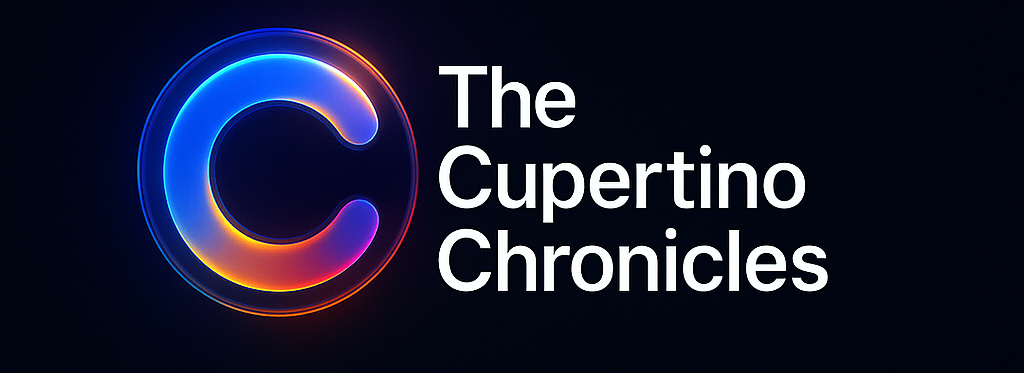
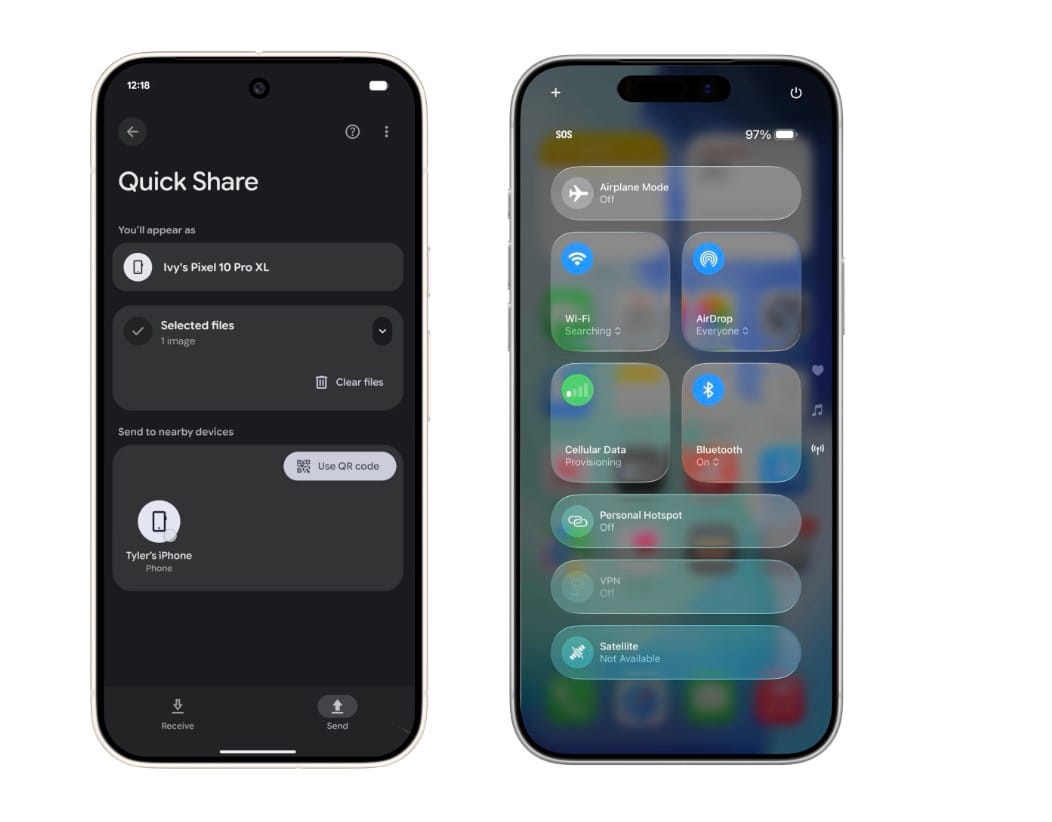
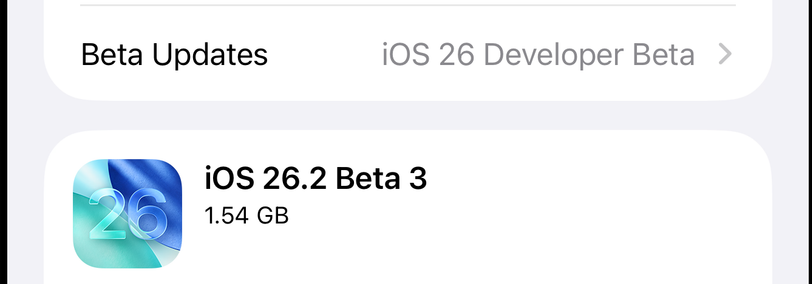
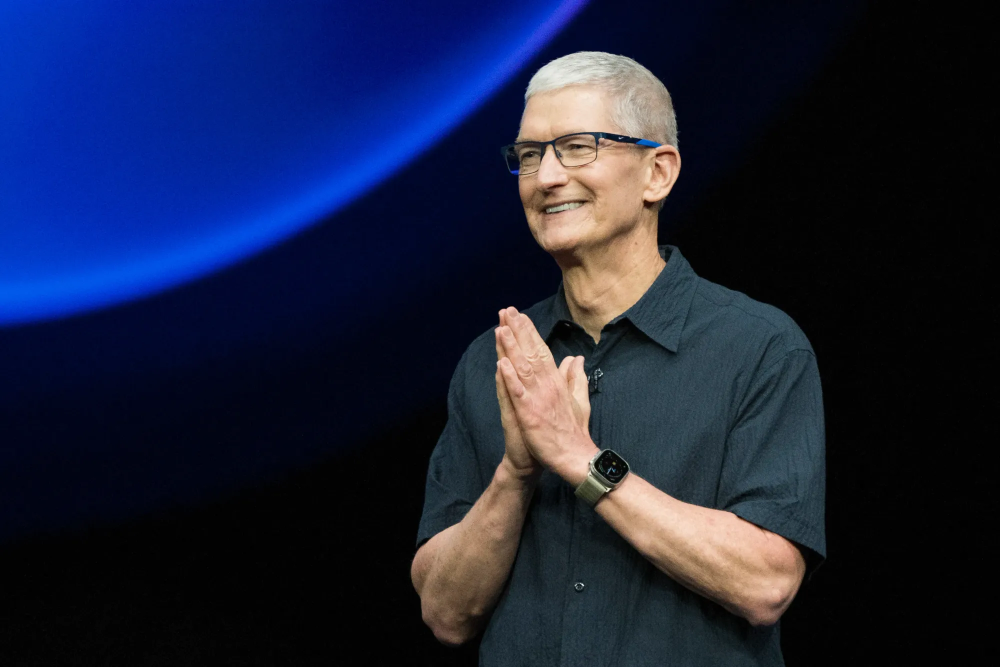
Discussion